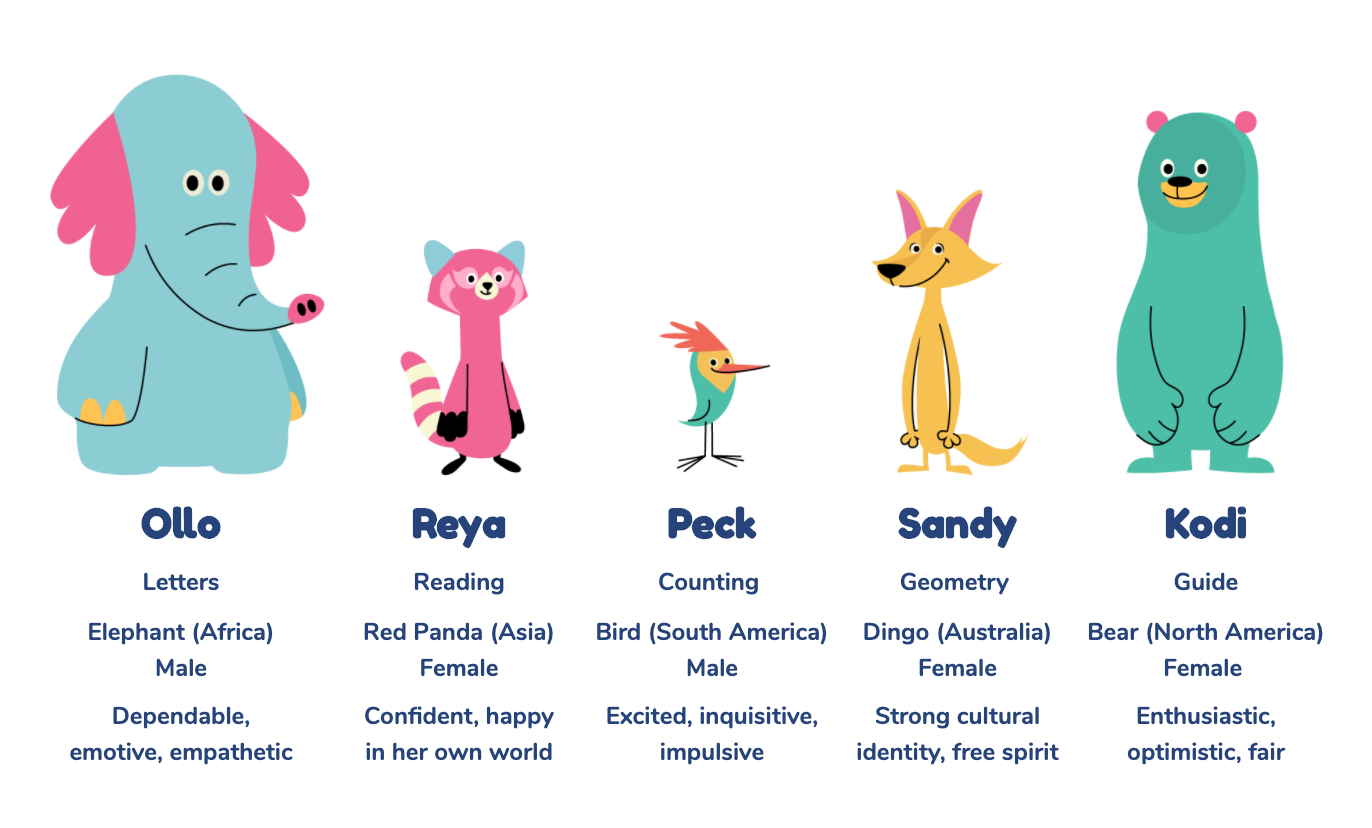Imagine a classroom without walls, where children from different corners of the world come together to learn, share ideas, and grow—this is the vision eLearning makes possible. Unlike traditional education, which has often been constrained by physical boundaries and standardized approaches, eLearning opens the door to a world where education adapts to the needs of the learner. For children, this shift is particularly profound. In their formative years, when curiosity and adaptability are at their peak, eLearning offers an opportunity to create personalized, engaging, and dynamic learning experiences. This article delves into the transformative potential of eLearning for children, its foundations in educational psychology, the challenges it must overcome, and how it can complement traditional approaches to foster a holistic learning environment.
Technology is just a tool. In terms of getting the kids working together and motivating them, the teacher is the most important.
Bill Gates

The Developmental and Educational Foundations of eLearning for Children
eLearning for children draws from a strong foundation in developmental psychology and educational theories. Jean Piaget’s theory of cognitive development emphasizes that children learn best when they actively construct knowledge through interaction with their environment. eLearning environments align with this theory by providing interactive tools like games, simulations, and quizzes that encourage exploration and problem-solving.
Lev Vygotsky’s social constructivism further underscores the value of collaborative learning. Virtual classrooms, discussion boards, and group activities in eLearning platforms offer children opportunities to learn alongside peers, even in remote settings. This social interaction is vital for cognitive and emotional development, helping children build critical communication and teamwork skills.
Additionally, Howard Gardner’s theory of multiple intelligences highlights the importance of catering to diverse learning styles. eLearning platforms are uniquely equipped to address this diversity, offering multimedia content that engages visual, auditory, and kinesthetic learners. This adaptability ensures that every child, regardless of their preferred learning style, has access to an enriching educational experience.

Advantages of eLearning for Children
One of the most significant benefits of eLearning for children is its ability to provide personalized learning experiences. Unlike traditional classrooms that follow a one-size-fits-all approach, eLearning platforms use adaptive technologies to tailor content to a child’s learning pace, strengths, and areas for improvement. This personalization helps children stay engaged and reduces frustration, fostering a positive attitude toward learning.
eLearning also promotes digital literacy, a skill that is becoming as essential as reading and writing in the 21st century. By interacting with online tools, children develop technological competencies that will serve them well in their academic and professional futures.
Inclusivity is another critical advantage. eLearning breaks down geographical, financial, and physical barriers, enabling children from diverse backgrounds to access high-quality education. For children with disabilities, eLearning platforms can offer specialized tools and accommodations, such as text-to-speech features or adjustable pacing, to ensure equitable access to learning opportunities.
Moreover, eLearning introduces children to a global perspective. Through virtual classrooms and collaborative projects, they can connect with peers from different cultures, fostering empathy and cross-cultural understanding. This global outlook is invaluable in preparing children to navigate an interconnected world.
Challenges in Implementing eLearning for Children
Despite its potential, implementing eLearning for children is not without challenges. One of the primary concerns is the digital divide, where disparities in access to devices and reliable internet connections can exclude underserved populations. Bridging this gap requires significant investment in infrastructure and initiatives to provide affordable technology to families in need.
Screen time is another concern. Prolonged exposure to screens can have adverse effects on children’s physical and mental health. To mitigate this, eLearning programs must strike a balance by incorporating activities that encourage offline learning and physical engagement.
Parental involvement is also crucial in the success of eLearning for children. Unlike traditional classrooms, where teachers oversee the learning process, eLearning often requires parents to take an active role in monitoring and supporting their child’s education. Providing resources and training for parents can help them navigate this responsibility effectively.

Best Practices for eLearning Integration
To maximize the potential of eLearning for children, educational institutions and parents must adopt best practices that ensure a holistic learning experience. Blended learning models, which combine eLearning with traditional classroom instruction, can provide the best of both worlds. By alternating between online and in-person activities, children benefit from the flexibility of eLearning and the social interaction of physical classrooms.
Interactive content is essential for maintaining children’s engagement. Gamified learning experiences, augmented reality (AR) applications, and virtual experiments can make lessons exciting and memorable. Additionally, setting clear goals and routines can help children develop self-discipline and time-management skills, which are crucial for online learning.
Regular assessments and feedback loops should also be integrated into eLearning programs. These not only help track progress but also empower children to take ownership of their learning journey.
eLearning has the potential to revolutionize childhood education, making it more inclusive, personalized, and future-ready. By leveraging insights from developmental psychology and modern educational theories, eLearning platforms can provide engaging and meaningful learning experiences that cater to the diverse needs of children.





